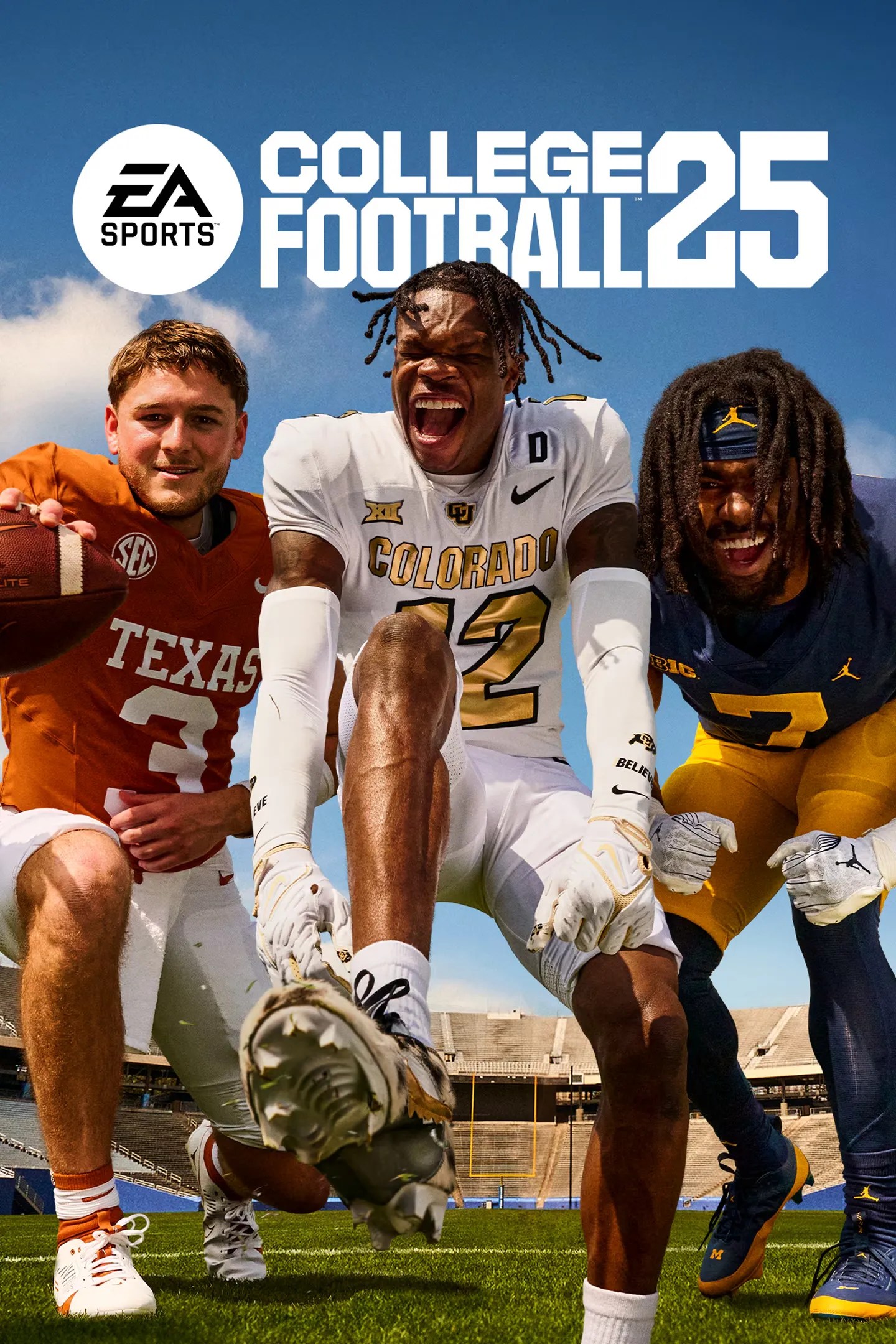College football is a dynamic and strategic game, and having the right playbook can make all the difference in a team's performance on the field. With countless formations, plays, and strategies available, coaches and players must carefully consider their options to maximize their chances of victory. This article explores the 25 best college football playbooks that have shaped the game, providing insight into their effectiveness and the key concepts behind each playbook.
Understanding the intricacies of college football playbooks is essential for coaches and players alike. The right playbook not only dictates the team's style of play but also allows for effective game planning against opponents. From the spread offense to the pro-style offense, each playbook has its unique strengths and weaknesses, offering various approaches to exploiting defenses.
In this comprehensive guide, we will delve into each of the 25 best college football playbooks, discussing their origins, key strategies, and notable teams that have successfully implemented them. Whether you're a coach looking to enhance your team's performance or a fan eager to learn more about the game, this article will provide valuable insights into the world of college football playbooks.
Table of Contents
- 1. The Spread Offense
- 2. The Pro-Style Offense
- 3. The Air Raid Offense
- 4. The Option Offense
- 5. The West Coast Offense
- 6. The I-Formation
- 7. The Single Wing Offense
- 8. The Power Running Game
- 9. The Pistol Offense
- 10. The Read Option
- 11. The Hybrid Offense
- 12. The RPO (Run-Pass Option)
- 13. The Zone Read Offense
- 14. The 4-3 Defense
- 15. The 3-4 Defense
- 16. The Tampa 2 Defense
- 17. The Nickel Defense
- 18. The Dime Defense
- 19. The 46 Defense
- 20. The Bear Defense
- 21. The 5-2 Defense
- 22. The 4-4 Defense
- 23. The Cover 3 Defense
- 24. The Cover 2 Defense
- 25. The Special Teams Playbook
1. The Spread Offense
The spread offense revolutionized college football by emphasizing speed and space. This playbook allows teams to spread the field horizontally, creating mismatches against defenses. Key concepts include:
- Fast-paced tempo
- Vertical passing game
- Zone running schemes
Notable teams: Oklahoma Sooners, Texas Tech Red Raiders
2. The Pro-Style Offense
The pro-style offense combines traditional running and passing schemes, mirroring professional football. It focuses on balance and versatility. Key elements include:
- Under-center formations
- Power running plays
- Play-action passes
Notable teams: Alabama Crimson Tide, Michigan Wolverines
3. The Air Raid Offense
The Air Raid offense emphasizes passing over running, designed to exploit defenses through high-volume passing. Key components include:
- Four-wide receiver sets
- Quick-release passing
- Reading defenses
Notable teams: Washington State Cougars, Kentucky Wildcats
4. The Option Offense
The option offense allows the quarterback to make decisions based on defensive alignment. Its flexibility creates confusion for defenses. Key features include:
- Triple option plays
- Read-option plays
- Ball control
Notable teams: Georgia Tech Yellow Jackets, Navy Midshipmen
5. The West Coast Offense
The West Coast offense focuses on short, quick passes and timing routes. It relies on precision and ball control. Essential aspects include:
- Short passing game
- Running back involvement
- Spread formations
Notable teams: San Francisco 49ers (under Bill Walsh), California Golden Bears
6. The I-Formation
The I-formation is a classic offensive formation that emphasizes a balanced attack. Key attributes include:
- Two running backs behind the quarterback
- Power running game
- Play-action opportunities
Notable teams: Nebraska Cornhuskers
7. The Single Wing Offense
The Single Wing offense is a historic formation that creates confusion for defenses through misdirection. Key qualities include:
- Direct snaps to running backs
- Misdirection plays
- Balanced attack
Notable teams: Michigan State Spartans
8. The Power Running Game
The power running game focuses on physicality and dominating the line of scrimmage. Key features include:
- Heavy personnel packages
- Offensive line dominance
- Fullback lead plays
Notable teams: Wisconsin Badgers
9. The Pistol Offense
The Pistol offense is a hybrid formation that combines elements of the spread and traditional offenses. Key elements include:
- Quarterback positioned behind the center
- Running back alignment behind the quarterback
- Versatility in play-calling
Notable teams: Nevada Wolf Pack
10. The Read Option
The read option allows the quarterback to choose whether to hand off or keep the ball based on defensive alignment. Key characteristics include:
- Read-based decision-making
- Option to run or pass
- Increased quarterback involvement in the run game
Notable teams: Oregon Ducks
11. The Hybrid Offense
The hybrid offense combines multiple schemes to create a flexible and unpredictable attack. Key features include:
- Utilizing elements from various playbooks
- Creating mismatches based on personnel
- Adapting to defensive strategies
Notable teams: Baylor Bears
12. The RPO (Run-Pass Option)
The RPO allows teams to read defenders and choose to run or pass based on their movements. Key concepts include:
- Defensive read by the quarterback
- Quick decision-making
- Exploiting defensive weaknesses
Notable teams: Alabama Crimson Tide
13. The Zone Read Offense
The zone read offense emphasizes zone blocking and allows the quarterback to make decisions based on defensive reactions. Key features include:
- Zone blocking schemes
- Quarterback's read of the defensive end
- Running back's cutback options
Notable teams: Ohio State Buckeyes
14. The
Discovering Alison Angel: The Life And Career Of A Rising Star
Zodiac Cancer Dates: All You Need To Know About The Cancer Sign
Ultimate Guide To One Piece Filler Episodes: A Comprehensive Overview


